What was once considered a niche market for doomsday preppers is now becoming an unexpected status symbol among the wealthy. Emergency bunkers are no longer bleak underground shelters but are being reimagined as upscale safe havens. Driven by global uncertainty, new technology, and shifting priorities, demand for luxury-grade bunkers is quietly exploding. For many buyers, peace of mind is now as critical as square footage or waterfront views.
1. Rising Global Instability

According to Bloomberg, increasing political tensions and economic uncertainty have led many affluent individuals to prioritize safety. Emergency bunkers offer a tangible way to prepare for worst-case scenarios without sacrificing comfort. As global events become less predictable, secure personal shelters feel less like paranoia and more like prudent planning. This shift has caused high-end bunker construction to surge over the past five years.
Owning a bunker today is often seen as a sign of responsibility rather than eccentricity. Wealthy buyers want to protect their families against unknown threats. These fortified spaces provide reassurance when financial assets or passports might not. The world’s volatility is driving new real estate priorities.
2. Pandemic Preparedness

A report from The Wall Street Journal highlights how the COVID-19 pandemic shifted homeowner priorities toward self-sufficiency and quarantine capabilities. Emergency bunkers outfitted with independent air systems, medical supplies, and food storage became highly desirable. Buyers realized that remote, self-contained living spaces could be invaluable during public health emergencies. What was once an afterthought is now considered essential in luxury home design.
The pandemic taught people that supply chains and healthcare systems can falter. Having a fully equipped bunker became a new form of health insurance. Architects now integrate advanced filtration and isolation technologies into high-end bunkers. Self-reliance has never been more chic.
3. Advancements in Bunker Design
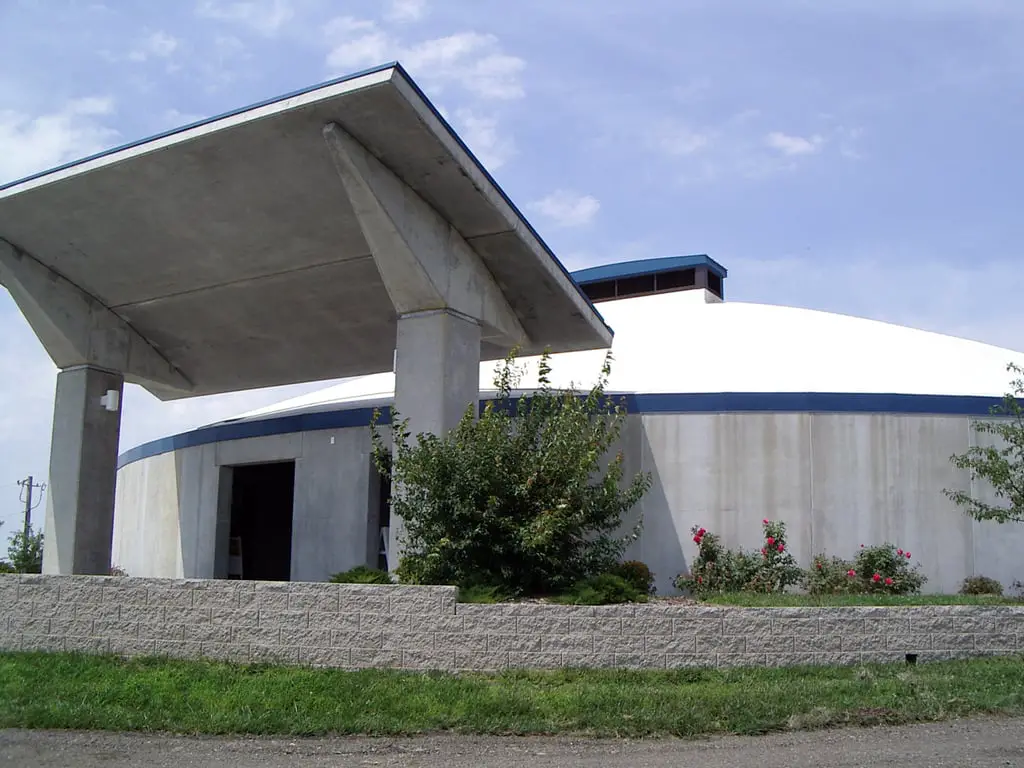
Forbes notes that bunker companies like Vivos and Rising S Bunkers are offering lavish amenities once unimaginable in underground living. Think private theaters, wine cellars, gyms, and even indoor gardens—all beneath the surface. These upgrades have helped shift the bunker image from grim necessity to luxury must-have. Designers now ensure that security does not mean sacrificing lifestyle.
Today’s emergency bunkers resemble boutique hotels rather than military facilities. Custom interiors cater to high-end tastes and preferences. Comfort, style, and resilience coexist seamlessly. For the wealthy, being prepared still means being pampered.
4. Increased Privacy Concerns
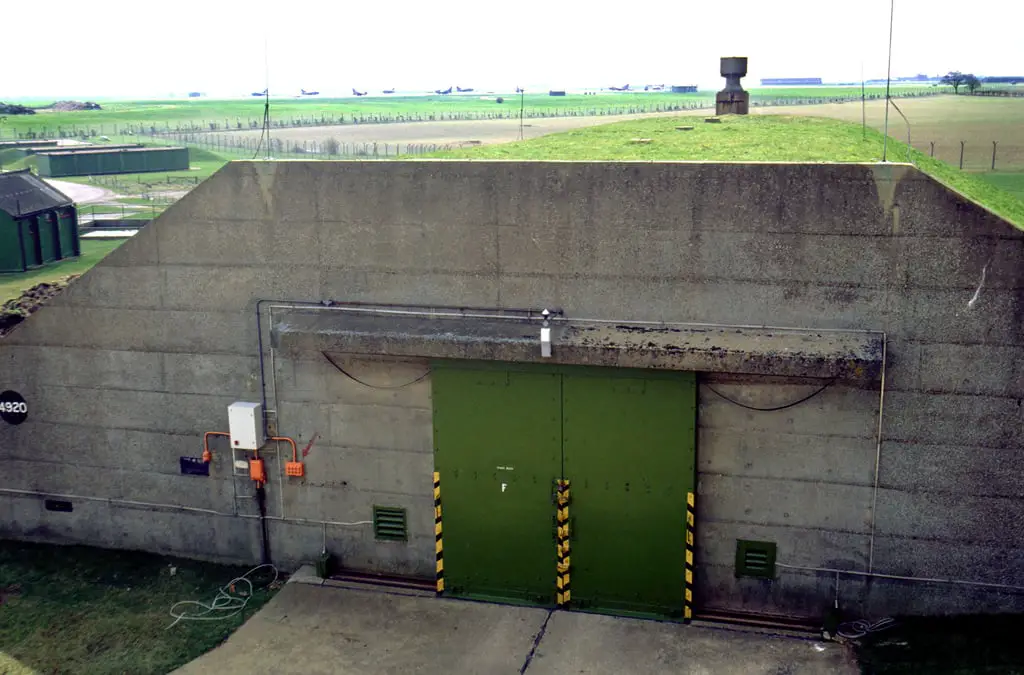
According to Mansion Global, fears of privacy breaches and public exposure have led celebrities and CEOs to invest in hidden living spaces. Emergency bunkers allow high-profile individuals to retreat entirely from the public eye if necessary. Some bunkers even include decoy entrances and biometric security measures. In an age where personal information spreads quickly, disappearing is a luxury.
Privacy is becoming harder to secure above ground. Underground, however, complete anonymity can be engineered. Custom bunkers allow elites to control access entirely. For many, that level of privacy is priceless.
5. Climate Change Readiness
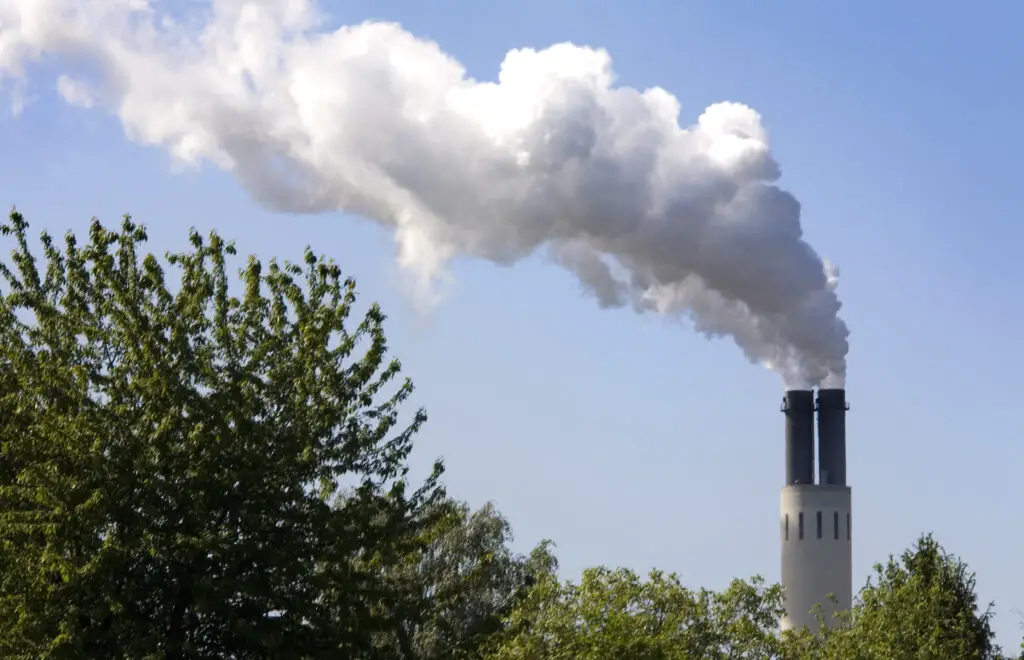
Extreme weather events are happening more frequently, and emergency bunkers offer protection from hurricanes, wildfires, and tornadoes. Well-designed shelters can provide safe refuge during prolonged disasters. Features like independent water systems and temperature controls make survival possible even when external conditions are dire. Bunkers are increasingly viewed as climate resilience assets.
Wealthy homeowners are planning for environmental instability. Underground shelters offer consistent protection when traditional homes may not. Disaster readiness is no longer just for insurance purposes. It’s now part of high-end lifestyle planning.
6. Investment in Long-Term Security
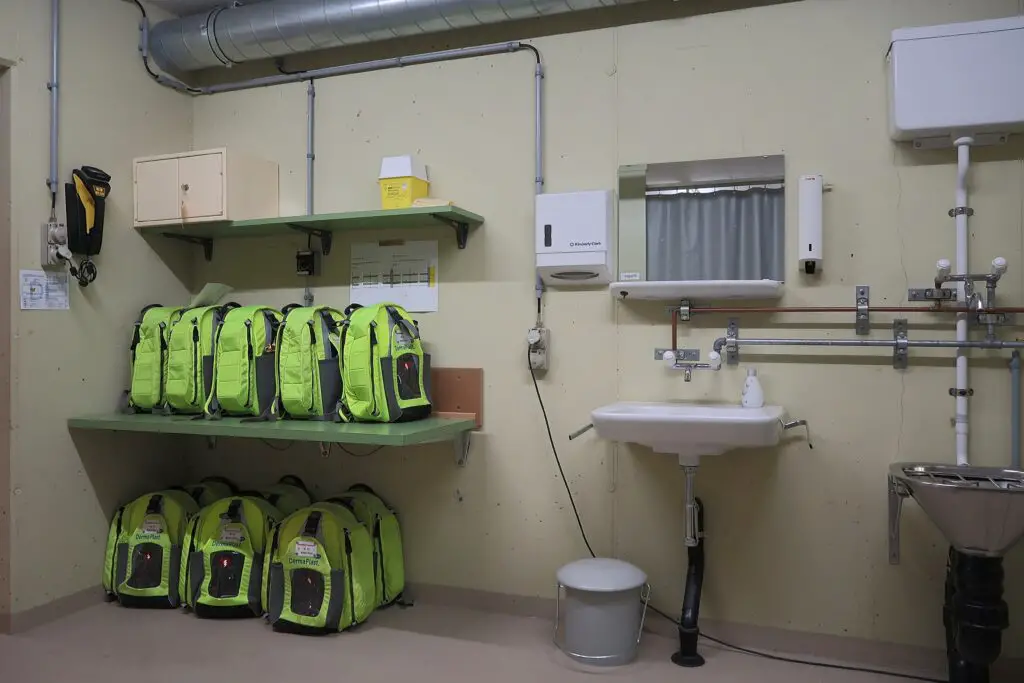
Purchasing an emergency bunker is also seen as a savvy financial move. These properties can increase in value as demand for secure living grows. In volatile times, secure real estate assets offer stability when stocks and bonds fluctuate. Bunkers are becoming a new class of long-term investment.
Smart investors diversify their portfolios with tangible assets. Underground shelters offer protection in multiple senses of the word. Safety and capital preservation go hand-in-hand. For high-net-worth individuals, it’s an easy decision.
7. Appeal of Off-Grid Living
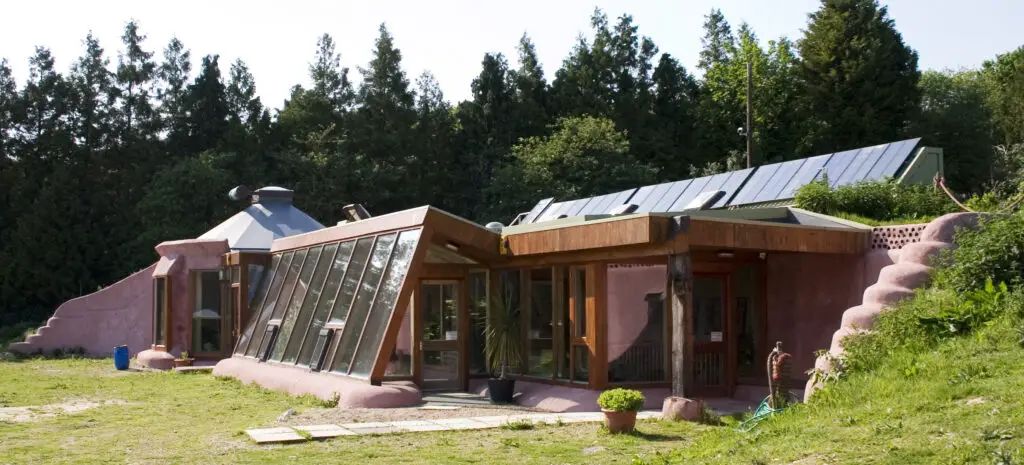
Emergency bunkers can provide full off-grid capabilities, including solar power, independent wells, and satellite communications. Living off-grid is no longer just a survival tactic—it’s a lifestyle choice. Homeowners appreciate the ability to live comfortably without relying on fragile public systems. Autonomy has become an aspirational goal.
Going off-grid means being unaffected by blackouts, shortages, or service disruptions. Technology now makes this both comfortable and stylish. For luxury buyers, self-sufficiency is part of the dream. Independence feels like the ultimate luxury.
8. Customization and Personalization

Today’s bunker buyers expect bespoke designs tailored to their needs. Some commission private spas, art galleries, or even underground car garages. Builders offer nearly limitless customization for those willing to pay. Bunkers have evolved into highly personal expressions of taste.
Customization ensures that no two bunkers are exactly alike. Owners can reflect their lifestyle even in crisis-mode spaces. Personalization also boosts resale value. It’s survival—without sacrificing self-expression.
9. Rising Influence of Pop Culture
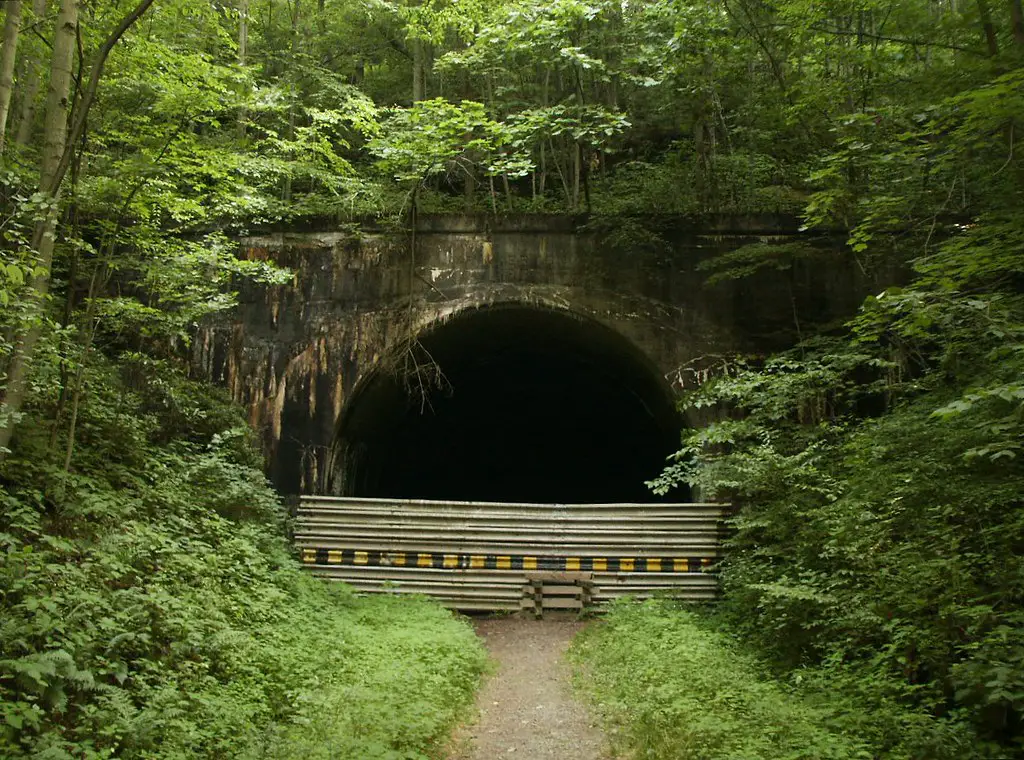
Movies, TV shows, and books frequently glamorize secret lairs and secure hideouts. This pop culture influence has subtly shifted perceptions of bunkers from gloomy to glamorous. Wealthy buyers want their own version of the Batcave or James Bond hideaway. Fantasy has blended with reality in luxury markets.
Media depictions normalize and even glamorize secure living. Bunkers are framed as aspirational rather than desperate. They symbolize sophistication and foresight. Pop culture has made prepping cool.
10. Growing Emphasis on Family Protection
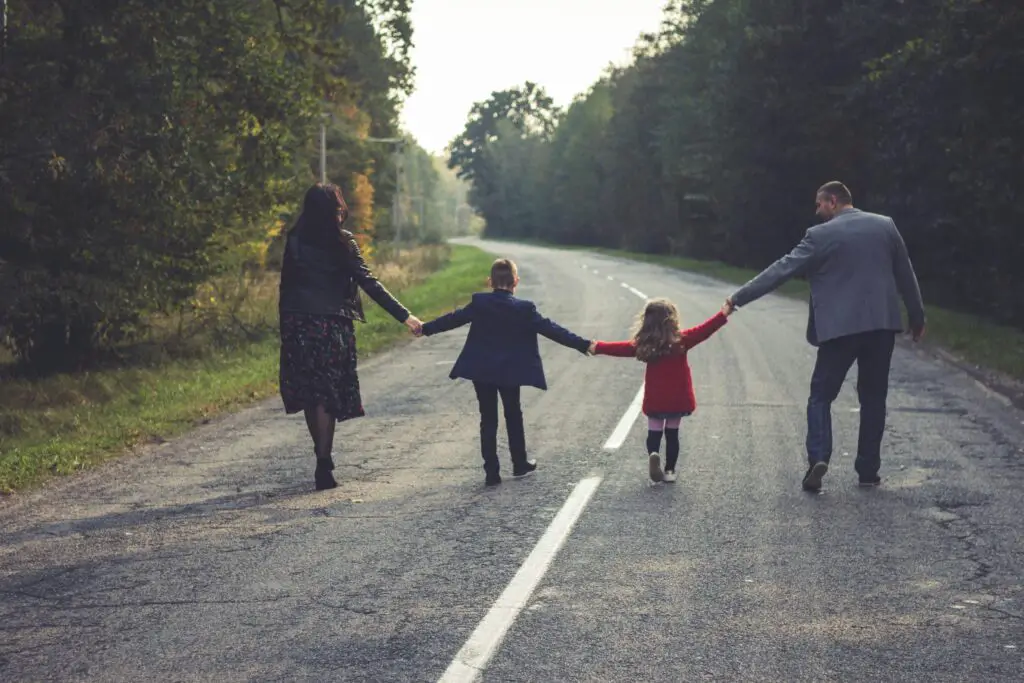
Family safety has become a top priority among wealthy buyers. Emergency bunkers offer a concrete solution to protect loved ones against a variety of threats. Many bunkers are designed to accommodate extended families with private quarters. Security has become a family affair.
Peace of mind is a powerful motivator for home purchases. Bunkers offer reassurance that extends across generations. Protecting family assets also means protecting physical lives. Luxury now includes safeguarding futures.
11. Expanding Range of Locations

Bunker developments are no longer limited to remote deserts or rural farmland. New luxury bunker communities are popping up near major cities, making them more accessible. This proximity enhances their appeal to urban buyers who want fast access in emergencies. Convenience is key even when planning for catastrophe.
Being close to metropolitan areas allows for dual lifestyles. Owners can enjoy city life while maintaining a secure backup nearby. Strategic location matters for practical readiness. The rise of suburban bunkers is reshaping expectations.
12. Rising Home Insurance Costs

As natural disasters grow more frequent, home insurance premiums are skyrocketing. Emergency bunkers offer a way to mitigate risk and possibly lower long-term insurance expenses. Insurers may favor properties with enhanced safety features. Bunkers can thus provide both physical and financial protection.
Smart homeowners think beyond premiums. Long-term risk management starts with resilient infrastructure. Bunkers provide unparalleled durability against environmental threats. In some cases, they become insurance themselves.
13. Growing Sense of Psychological Security

Finally, bunkers provide a powerful psychological benefit: peace of mind. Knowing there’s a safe, secure refuge available alleviates stress about the future. Mental resilience is as important as physical safety in today’s uncertain world. Bunkers fulfill an emotional need as much as a practical one.
Emotional well-being drives real estate decisions more than ever. A bunker offers reassurance in unstable times. That security often outweighs the high initial investment. Luxury living now includes inner calm.
